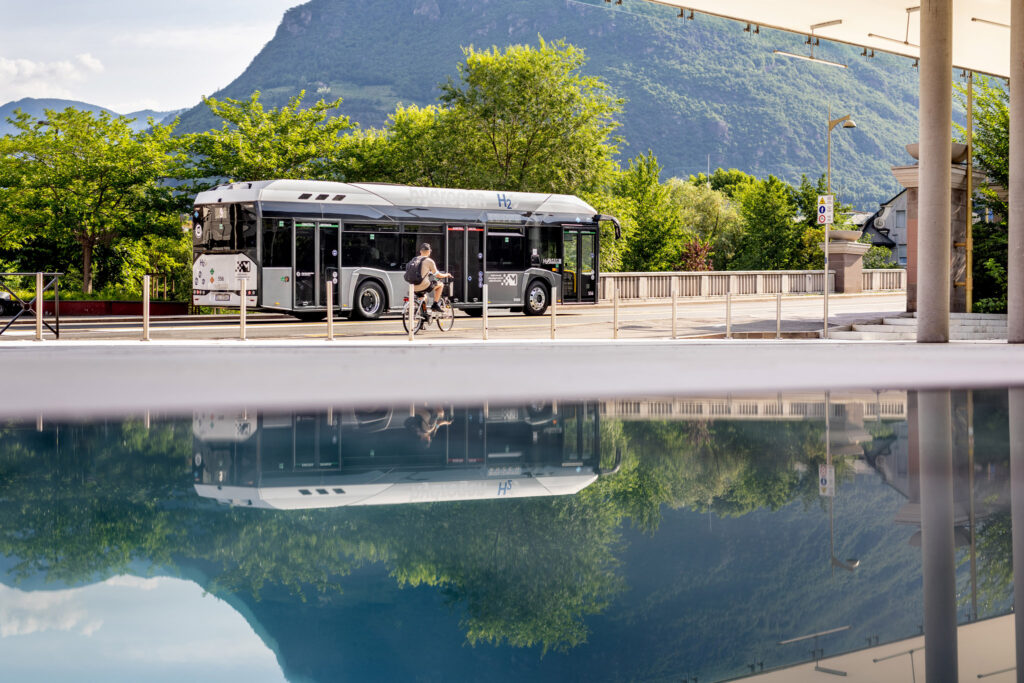
What are the Low Emission Zones?
Low Emission Zones are the designated urban areas with restricted access for certain vehicles. They can take different areas and shapes. The zones are marked accordingly. Only vehicles with the appropriate identification, such as a sticker on the windscreen, are allowed to enter.
Vehicles that do not comply with a certain number of specific standards are not allowed to enter these zones. What are these standards? This varies from city to city, but the most common variables are
- the relevant emission standards,
- age of the vehicle,
- the type of engine.
For information on all clean zones, restrictions
and fees in European cities go here.
Low Emission Zones typically cover a few percent of a city’s land area, but the effects of their introduction are beneficial to all residents. Such urban areas are particularly valuable in cities with poor air quality. Almost a quarter of greenhouse gas emissions from transport come from cities. The zones help to promote environmentally friendly solutions such as bicycles, micromobility means, alternative fuel vehicles – hybrids and fully zero-emission vehicles – e.g., battery or hydrogen-powered.
The benefits of introducing this zones are undeniable. First and foremost, there is less pollution from transport: a reduction in emissions of PM (particulate matter) and nitrogen oxides. This, in turn, impacts the city dwellers’ better health. The zones are an instrument for reducing vehicle traffic in city centres, boosting the local economy, and changing the character of these areas to be more resident-friendly.
The first Low Emission Zones were created more than two decades ago. These are now operating in more than 320 cities in Europe. In the last three years alone, the number of Zones has increased by 40%! Poland will have its first Zone in Kraków in mid-2024.